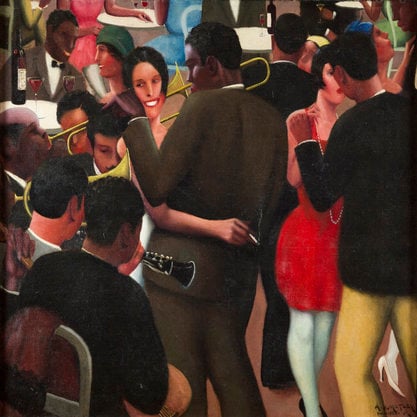Article
Ferrari, Luc (1929–2005) By Drott, Eric
Article
French experimental composer Luc Ferrari was one of the key figures in the development of electroacoustic music in France during the late 1950s and 1960s. In 1958 he was invited by Pierre Schaeffer, the pioneer of musique concrète, to join the Groupes de recherches musicales (GRM). Ferrari developed his own distinctive approach to electroacoustic composition, which he dubbed “anecdotal music.” Although he is best known for his electroacoustic compositions, Ferrari worked in a wide variety of media and techniques throughout his career.
Some of Ferrari’s early tape pieces such as Etude aux accidents (1958) and Etude aux sons tendus (1958) were consistent with the research objectives promulgated by Schaeffer, abstracting sounds from their sources in order to direct attention to their phenomenological characteristics. However, Ferrari soon developed his own distinctive approach to electroacoustic composition, which he dubbed “anecdotal music.” Inaugurated in his composition Hétérozygote (1963–64), “anecdotal music” exploited the referential character of recorded sound to reintroduce a narrative dimension hitherto absent in musique concrète.


